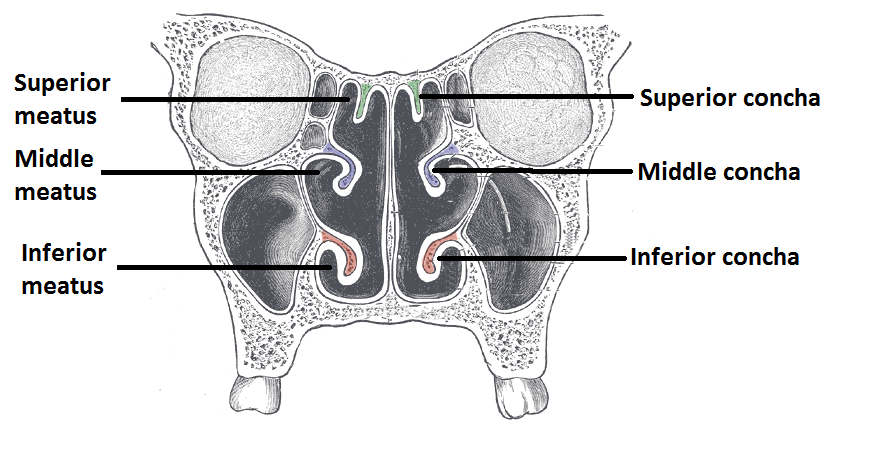| Include Page | ||||
|---|---|---|---|---|
|
This tutorial is designed to show the process of extracting a nasal airway cavity geometry from a set of CT scans using Materialize MIMICs software. The tutorial also explains meshing the geometry in ICEM CFD and solving the model in FLUENT.
This process was created for my Masters of Engineering research which the goal is to model and quantify nasal reconstruction surgical procedures. Comparing the various surgical techniques using CFD results will help surgeons determine the proper procedure for the type of nasal airway obstruction in the patient.
| Panel |
|---|
Author: Brandon Kovarovic, Cornell University Problem Specification |
| Include Page | ||||
|---|---|---|---|---|
|
Nasal Airway Model
Created using ANSYS 14.0
Problem Specification
Goals
1- Process the set of CT Scan images
2- Extract the Geometry of the cavity using MIMICs software
3- Mesh the created STL file in ANSYS ICEM CFD
4- Solve the model in FLUENT
5- Compare the pressure and shear stress on the nasal wall
...
The most complex section of the geometry is nasal concha or turbinates that occupy most of the cavity. These bones are long finger-like shelves in the nasal passage, extending from the top of the exterior nose to the nasopharynx. There are three sets of concha, inferior, middle and superior. Viewing the skull from the coronal plane, like you are facing the patient, shows that these concha are actually curved. These concha serve to distribute the incoming air and also warm and moisten the air before entering the lungs. Additionally there are four sets of sinuses around nasal cavity, which for this study will be removed from the geometry. The entrance of the sinuses into the nasal cavity is relatively small and does not impact the flow in cavity to any great extent.
http://www.teachmeanatomy.com/wp-content/uploads/2012/12/Conchae-and-Meatuses.png
...
Lee, H. P., Poh, H. J., Chong, F. H., & Wang, D. Y. (2009). Changes of airflow pattern in inferior turbinate hypertrophy: A computational fluid dynamics model.American journal of rhinology & allergy, 23(2), 153-158.
Go to Step 1 - : Pre-Analysis & Start-Up
 Sign-up for free online course on ANSYS simulations!
Sign-up for free online course on ANSYS simulations!